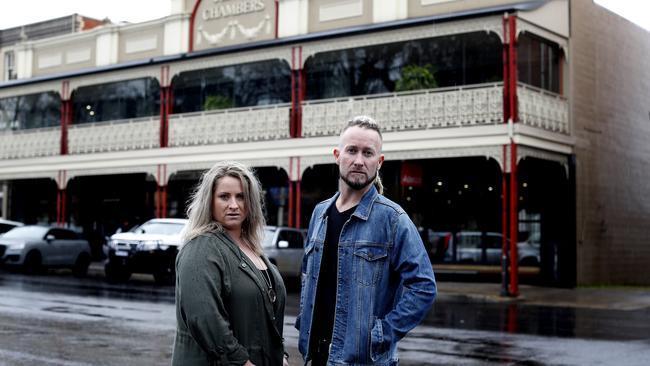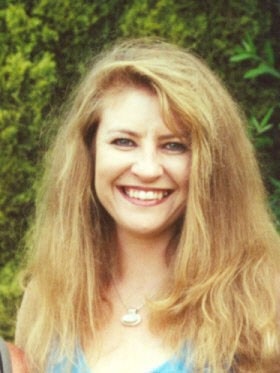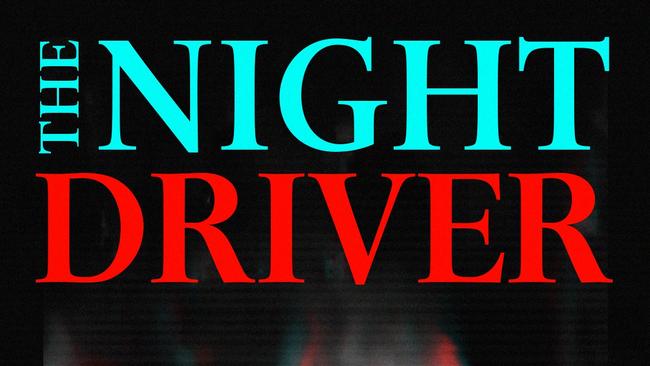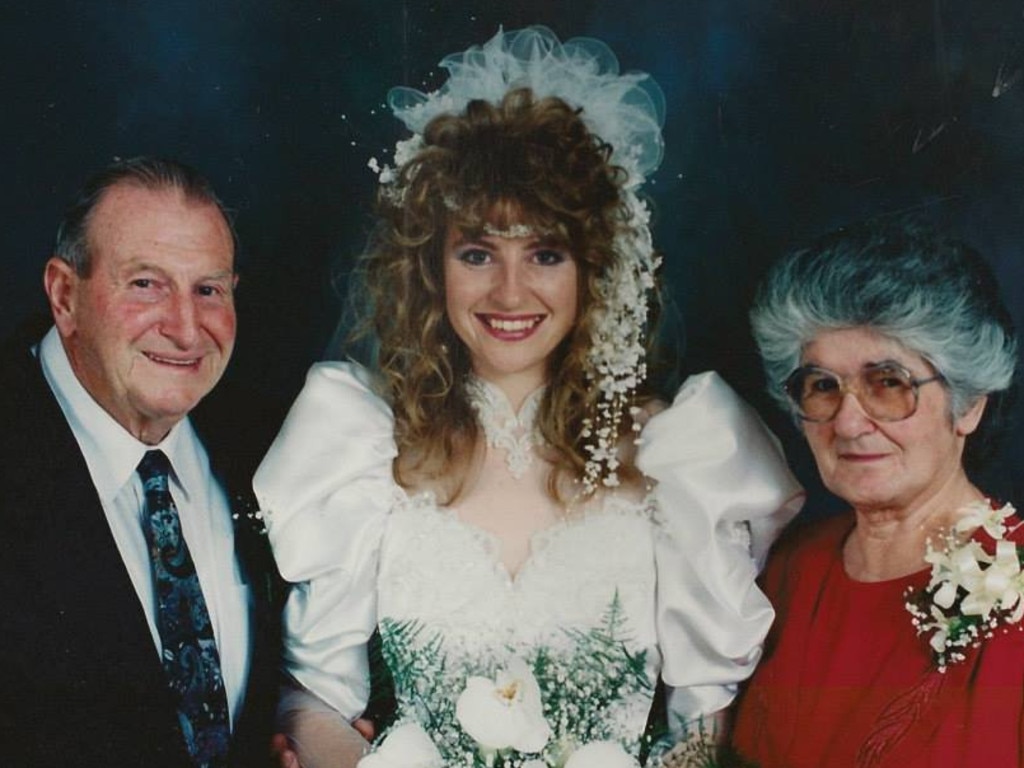The Night Driver: What became of Janine Vaughan?
The Night Driver podcast series has thrown up invaluable new information. How close are police to solving the case of Janine Vaughan?

Ask any homicide detective and they’ll tell you cracking an unsolved murder is a numbers game. It’s about putting in the hours — tens of thousands of them — interviewing hundreds of witnesses and investigating just as many suspects, all in the hope of unearthing that one skerrick of evidence that proves beyond a reasonable doubt that you’ve captured a killer.
In the case of Janine Vaughan’s mysterious abduction and almost certain murder, those numbers are staggering. Three police strike forces — Toko, Mountbatten, Toko II — with dedicated teams of up to 12 detectives working on the investigation over multiple years, tumbling into decades, along with one coronial inquest and one Police Integrity Commission inquiry.
Lists of almost 200 suspects constructed, dissected and then resurrected; logs of more than 23,000 red cars reviewed and whittled down by a process of elimination to just five potential vehicles used in Janine’s disappearance; and a $1m reward offered up early last year for information leading to a conviction for the person who killed her.
But, equally, no crime scene, no body, and the only potential murder weapon inadvertently destroyed by the police force tasked with uncovering the truth.
For former detective inspector John Tate, who spent the better part of three years investigating the mystery, it all came down to just three numbers and three letters, scrawled on one piece of paper, that he believes could have solved Janine’s disappearance during a night out with friends almost 20 years ago.

“It’s a frustrating case because we know about that piece of paper but we’ve never been able to find it,” he tells The Night Driver podcast series re-examining the murky details surrounding Janine’s death.
“A lot of people, they don’t realise how much work we put into that investigation behind the scenes because we didn’t publicise much of it. We used everything at our disposal. We used electric surveillance and ran undercover operatives. We really wanted to solve that case and it’s frustrating and it’s difficult knowing that we weren’t able to do that.”
The lost paper
Tate had been part of Strike Force Mountbatten, set up by the heads of the NSW Police Force in 2006 to reinvestigate Janine’s disappearance in the rural university town of Bathurst, three hours’ drive west of the state capital in the NSW central tablelands, on Friday, December 7, 2001.
The letters and numbers on the piece of paper made up the number plate of a small red car used to stalk another woman through the streets of Bathurst just 10 minutes before Janine vanished after getting into a mysterious small red car with an unknown driver shortly before 4am.
It had been raining heavily as Lynette Boreland walked through the heart of the sleeping country town after a late night visiting friends. No stranger to hitchhiking, she was headed to a service station, where she hoped to score a lift back to her farm on the outskirts of town, when she realised she was being followed by a man in a small red car a little after 3.30am and froze, stricken.
“I wanted to move but for those seconds, or whatever it was, I had a panic attack and I just couldn’t make myself run,” she later would tell police. “The next thing I knew he was out of the car … and I think he said, ‘Excuse me, I want to talk to you’ or ‘Can I talk to you?’”
While she didn’t recognise the driver, his foreboding physical appearance made a lasting impression. He was big — about six-feet tall (183cm) — with dark hair and fair skin. He had hairy arms, a square jaw and what she described as a boofhead. “I couldn’t tell you what colour eyes he had but I remember he had a bumpy nose, like pimples. And that stood out to me,” she told police.
Something about the car’s number plate also stood out to her. It looked as though the registration number had been painted over and the attempt to conceal it was now being washed away by the pre-dawn deluge.
“I said to myself, ‘This is not right, this is bad, get out of here, go.’ I ran as far as I could from that point,” Lynette said. She did not stop until she reached the safe confines of the service station, where she recounted the entire ordeal to the attendant and made a point of jotting down the number plate details on a piece of paper.

There’s no way she could have known that at that precise moment Janine Vaughan was being approached by a driver in a small red car as she walked through the town’s CBD alone.
It was now 3.47am and Janine had only just left the Metro Tavern and was heading to another nearby hotel, the Ox, to catch up with staff closing the pub when the small red car pulled up behind her and she unexpectedly got in.
The car took off and Janine was never seen again. Her body has never been found and the identity of the identity of the driver behind the wheel never been unmasked.
When Lynette heard about the strange connection she came forward and shared her experience with police.
The detectives working the case had little doubt the two incidents — separated by just 10 minutes and 750m — were linked. But even this isn’t a certainty. If the driver who menaced Lynette was not the driver who appeared to be known to Janine, much of the police investigations based on his description have proceeded on a false pretence.
It’s just one of the mystifying unknowns of this perplexing case. And there was another problem.
While Lynette had diligently written down the registration number of the car that followed her as soon as she was safe, she had lost the piece of paper she recorded it on just as quickly after scribbling her number on it and giving it to a bloke she met at the pub the night after Janine went missing. As best she could remember the number plate had begun with the letters ICU. “Lynette Boreland was the most down-to-earth witness you could hope for,” Tate says. “Not much scared her but this encounter she had that night really freaked her out. We did everything we could to find that red car.”
Whittling down the list
Tate and his team started with a list from the roads and traffic authority of 26,000 red or pinkish coloured vehicles in a 100km postcode radius of Bathurst.
“We managed to bring that in to just over 7500 red cars to investigate and then whittled that down to about 1300,” Tate says.
The owners of each of those vehicles were then cross-checked against the 483 customers who had used their credit card at the menswear store where Janine worked and all five matches were dutifully investigated.
Ultimately, Tate says their investigation highlighted about 170 persons of interest. “We got that down to 47 suspects,” he says. “And we kept working those names. Eventually, we worked it down to 10 names, 10 persons of interest, and we presented that list to the coronial inquest and they decided on the three people they wanted to focus on.”
The three men officially named at the 2009 inquest into Janine’s death were Bathurst locals Brad Hosemans, Andrew Jones and Denis Briggs. All three have strenuously denied having any involvement in Janine’s disappearance and no adverse findings were made against any of them. Hosemans was the only one who agreed to appear as a witness and give evidence at the inquest.
Briggs tells The Night Driver podcast he declined to take the stand because he was worried about what he might say. “I didn’t mind being cross-examined or anything like that. I just felt uncomfortable and … at that particular time I probably thought I’d incriminate myself or something. Say something stupid that I shouldn’t,” he says.
It’s hardly surprising given his previous form for making outlandish claims about Janine’s abduction and murder. As wild speculation ran though Bathurst about the possible of identity of Janine’s killer, the aged-care home wardsman had inexplicably put his own name forward and boasted to friends and his former partner, Julie Cleave, that he had picked up the young blonde that night, driven her out of town and tried to rape her, before stabbing her with a knife, slitting her throat and disposing of her body at a place called White Rock.
He later recanted his confessions, attributing them to delusions of grandeur while off the prescription antipsychotic medication he took to control his bipolar mood swings.
Jones, a local private school house master and pharmacist who worked in the same shopping centre as Janine, also had owned a small red car — a 1994 19 Series Renault — at the time she went missing. Its registration number has started with the letters TCV. The similarities between TCV and the ICU recalled by Lynette under stress on a dark, rainy night were not lost on detectives.
Jones voluntarily agreed to assist police with their inquiries after Janine disappeared and was spoken to three times before declining to answer any more questions without a lawyer and refusing to provide DNA or have his car forensically examined.
“I have never picked up Ms Vaughan in any car at any time,” he tells The Night Driver in a statement. “The suggestion I did is false, based on conjecture and simply not true. I had nothing to do with her disappearance or suspected murder.”
Three women have since come forward to tell The Night Driver podcast that Jones made an unsettling attempt to coax them into his car in independent encounters around the same time that Janine disappeared. He has vigorously rejected the allegations.
As for Hosemans, he had been the town’s high-profile deputy mayor and lead detective when Janine vanished, and soon found himself targeted by relentless rumours he was responsible and snapped after she rebuffed his repeated, unwanted romantic advances, even though the coronial inquest would later find there was no evidence they had met.
Further complicating matters, Hosemans was already facing charges of sexual assault arising from his alleged groping of a Bathurst Golf Club bar attendant during a rowdy seafood night in late October 2001, seven weeks before Janine disappeared. He emphatically denied the claims and was acquitted, although the magistrate made strong criticisms of his conduct. The local fallout from this unrelated scandal combined rumours of him having an infatuation with Janine created a perfect storm where he became public enemy No 1.
The consequences of both events combined to effectively end his policing and political careers, and ultimately he left the town knowing that many people believe, wrongly, that he had murdered Janine.
“I was a deputy mayor contributing to my community and doing a really good job for my community and trying to make it a better place,” Hosemans tells The Night Driver.
“Either putting shitheads in jail or trying to get parks and swings (put in) and everything else that councillors do. Then you’ve got to sit here and try and defend yourself down the track because some dickhead thinks, ‘Oh yeah, Hosemans did it.’ You just think, ‘F..k me. Was it worth it?’ ”
Now retired, Tate laments the impact Hosemans’s involvement had on the investigation, saying it undermined the community’s confidence in the detective actually working the case. He has since become an avid listener of The Night Driver podcast and believes the generation of new leads and information it has elicited has been invaluable.
Family’s determination
No one knows the frustration of the failure to solve the case more acutely than Janine’s long-suffering family. Her younger siblings, Adam Vaughan and Kylie Spelde, are determined to find their missing sister’s body so they can finally lay her to rest and the person responsible for her death.
In recent years they have dedicated much of their time to conducting their own investigation into her disappearance, meeting potential witnesses, chasing tips and leads, and spending long hours scouring the countryside round Bathurst for her remains.
“When someone calls me up out of the blue and tells me they think they know where she’s buried, I can’t not go and look,” Kylie says. “I’ve probably had 40 people tell me they know where she is, and every time I can’t help thinking that this is the one time that I’ve spoken to the right person and they’re about to lead me to where Janine is. When it happens over and over again, part of you thinks, ‘Oh my god. Am I a bloody idiot? Am I a lunatic for doing this?’ Well, maybe, but at the end of the day, this person that I’m talking to right now might just be the one who helps me solve it and I can’t stop myself. I never will.”
After all, when cracking an unsolved murder is a numbers game, Kylie says you can never give up hope that the next one to flash up on your mobile will be one that unravels the mystery once and for all.







To join the conversation, please log in. Don't have an account? Register
Join the conversation, you are commenting as Logout